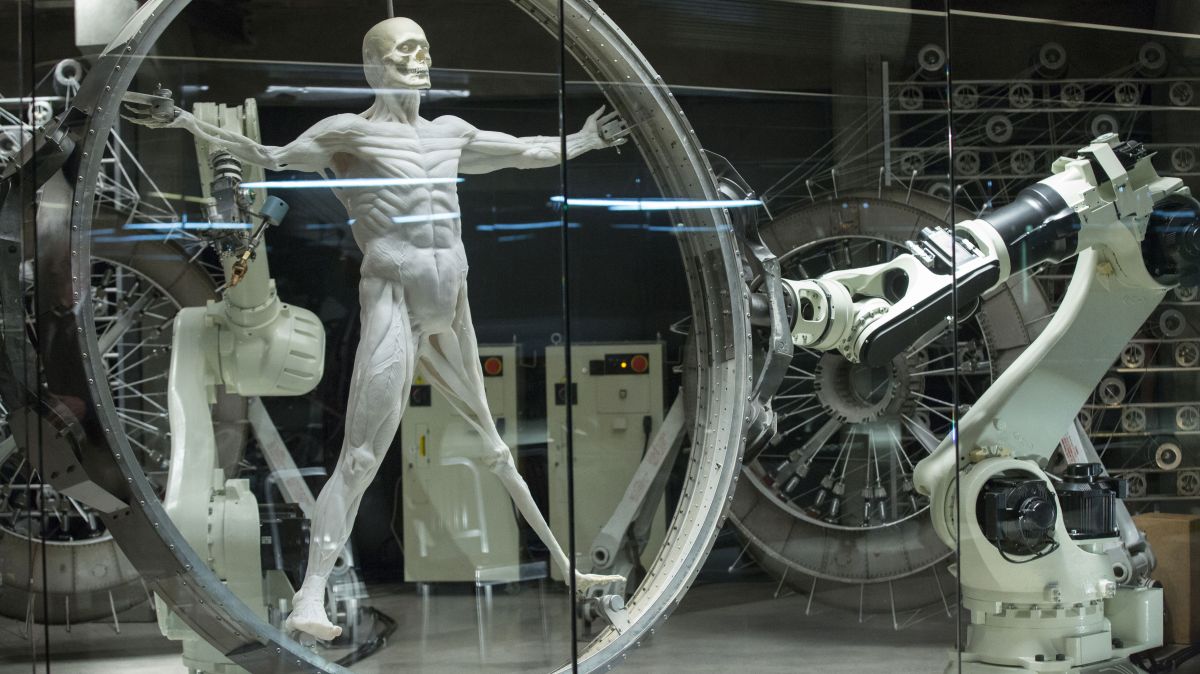
It’s all set to be the next big TV phenomenon, and Westworld’s futuristic theme-park setting is the perfect showcase for next generation technology and the repercussions we might begin to arrive at.
From book-like tablets right through to the headline ‘hosts’ – robots that look, sound and even begin to think like humans – Westworld’s rich universe is the real star of the show, and its future-gazing technology underpins everything.
TechRadar has seen the first four episodes of Westworld, and the series has all the hallmarks of a genuinely thrilling peek into the future.
Michael Crichton’s original film – made in 1973 – was an archetypal look from the author into how humanity’s relationship with technology is complex – and that hubris and failure to understand the repercussions of our actions can lead to our undoing.
Just like in Jurassic Park, however, as we look on at the humans running before they can walk in a world they created but do not truly understand, there is huge joy in the conceit of the experience.
Westworld is a theme park where humans can act out on their Wild West fantasies – where they can choose to be the white hat good guy or a despicable villain and enact their fantasies with robots. And, on the face of it, with no repercussions.
But the robot hosts who play the roles around them and are the central technology are beginning to learn and think for themselves.
The hosts
The robot hosts are incredibly complex creations – essentially 3D printed from an unspecified material they apparently feel and look exactly like human beings, which means they can be sexbots, targets for the humans in gunfights or simply companions or antagonists on the adventures.

Even this is far beyond our current ability in robotics – although 3D printing has come a long way and the burgeoning realism of prosthetics suggests that we are taking strides in creating more lifelike looking and feeling artificial bodies.
The 3D printing of the robots is fascinating. We see the various stages of a horse being constructed very early in our journey through Westworld and then we see proto-hosts of the human variety being put together strapped to a circle which has featured heavily throughout the show’s advertising campaign and is a call-out to Da Vinci’s Vitruvian Man.
It’s not a spoiler to say that as the series progresses we do get some interesting glimpses into the creation and development of these robots some 30 years before by Anthony Hopkins’ character Dr Ford. They start out as rubber-coated skeletons, pretty much exactly what you would start with if you were trying to build a human-alike robot right now.
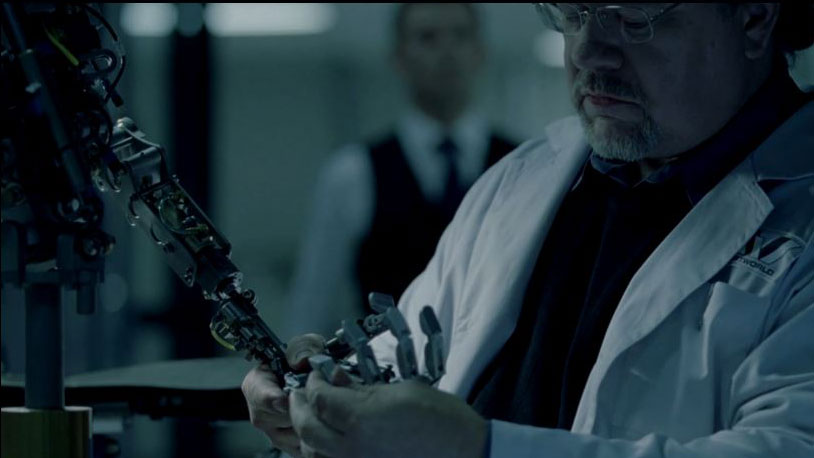
In the pilot we also meet an older host, sharing a drink with Dr Ford and acting in a far more robotic manner than the current hosts, which are clearly hugely more sophisticated.
For those that like the original film – where the robots’ big failing was hands that looked utterly wrong – there’s a nice touch when Ford talks about the old versions giving themselves away with a simple handshake.
Hurt a fly
The Westworld hosts, when working as they are supposed to, act in narrative loops – acting out storylines by rote and never realising that they have done all this before. Uninterrupted by human contact they will continue endlessly on the same loop, but the butterfly effect of a human in the park subtly alters their behaviour.
This is obviously some way on from our current ability to fool humans into believing that they are interacting with a human. The well known Turing test of intelligence – essentially seeing if a human can be convinced they are talking to another human and not something machine coded – has been beaten, but only by cheating the system and only on a limited level. We are some way from good quality mimicry, let alone self awareness.
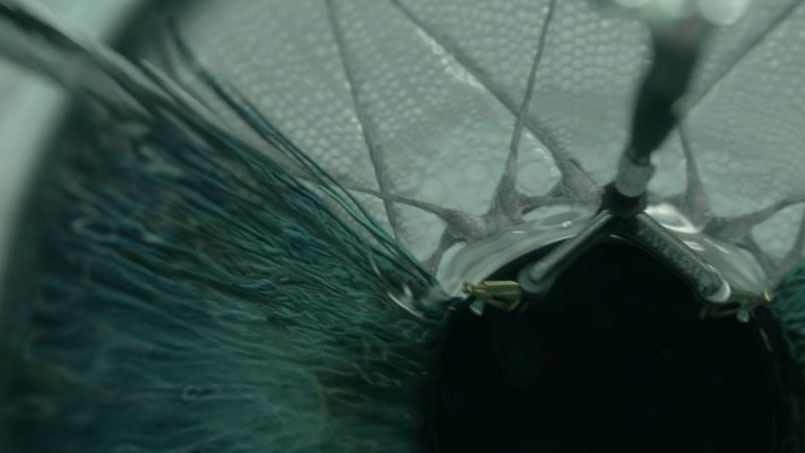
Governed by the desire to play out their loop, but also to enact the fantasies of the humans, the Hosts ostensibly (and according to their programming) literally cannot kill a fly. We do find out that they can shoot a human, but it just gives them a bit of a bruise rather than doing any serious damage.
Most fascinatingly is the Hosts’ brains, which seem to be in their heads (that might seem an odd statement, but given how often a gunfight ends in a headshot perhaps it should be revisited!). The Hosts have to react ‘realistically’ to the humans in their loops or the theme park simply wouldn’t feel authentic and to do that they are given programming behaviours.

They can also be controlled with voice instructions (keep an eye out for ‘deep and dreamless sleep) or via the Park staff’s tablet/phones.
But Hopkins’ Ford is clearly still meddling in the behaviours of his creations; the malfunctions we see in the pilot are blamed on his addition of ‘reveries’ – realistic behavioural ticks. Whether or not they are really to blame is to be seen.

This capacity to learn is, obviously, one of the key matters that Westworld will deal with; if the hosts are capable of learning and glimmers of self-awareness then this is the birth of a whole new species. And asserting some of the horrors on a new species that we see as the humans are unleashed is ethically, well shall we say, a bit questionable.
Although we’re not given a timeframe for when Westworld happens, it’s clearly set in the near future rather than far flung times.
But the devices that we see being used deep in the park’s bowels, the control centre and basements beneath the park itself, are definitely a progression on what we have.
We don’t want to delve too deeply into the world of spoilers, but it’s not revealing anything to say that the phones – which transcribe voice messages into on-screen text and have no bezels and the foldable tablets used by Ford are progressions on modern day designs.
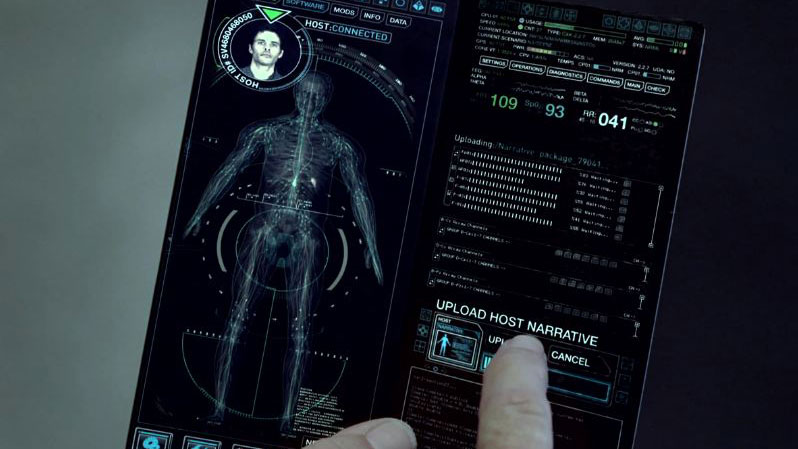
The latter is fascinating and rooted in reality; foldable booklike tablets are an old concept and various companies have attempted to find the right way to do this. Microsoft – with its Courier – went some way along the road to mass-market production on a book tablet but got cold feet and, ahem, folded the project.
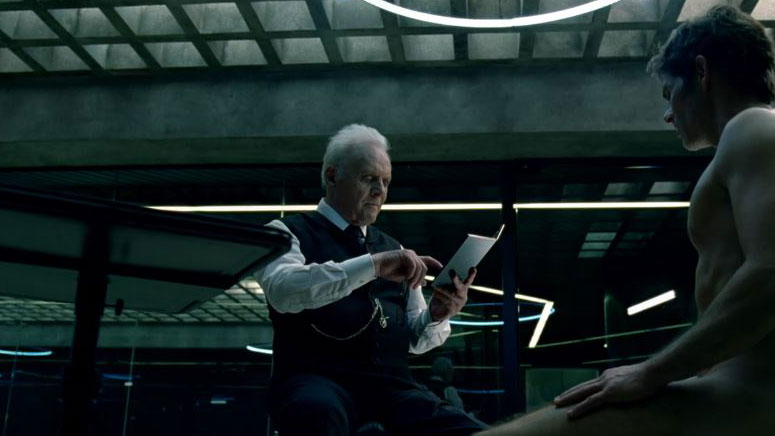
And then there’s the central monitoring room for the park, which appears to be a holographic rendering of the entire area with the users able to zoom directly in to watch the narrative taking place on a more microscopic level.
That’s not the end of it, of course; keep an eye out for Ford’s version of Spotify (having his own robotic piano player), and also a roboticist’s drinking buddy, and goodness knows what else.
Our early glimpse at Westworld has been terrifically enjoyable – where the tech, and the story, goes from here will be a pleasure to discover.
Source: techradar.com








































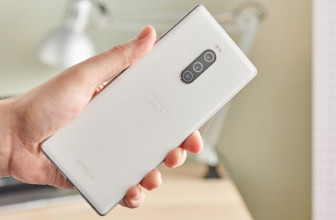
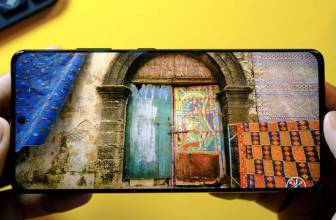
Per the trailer this looks like a really stupid, soft science, show. And frankly if you are at the point of making AI and robots that advanced, you would have already achieved the human singularity and complete immersion into a "matrix" like environment. Why build hardware when it can be done 1000x cheaper with software.